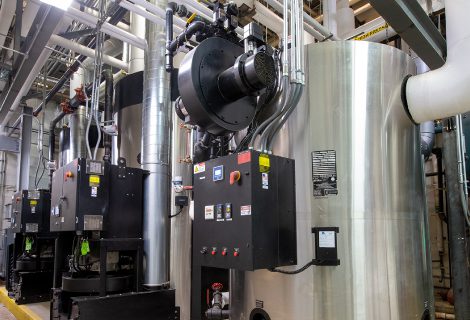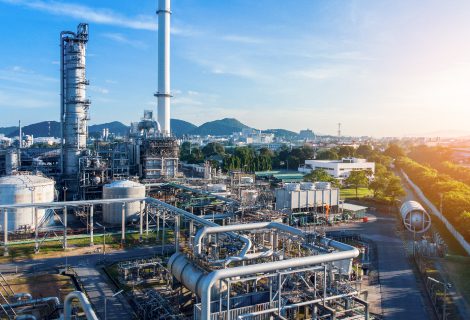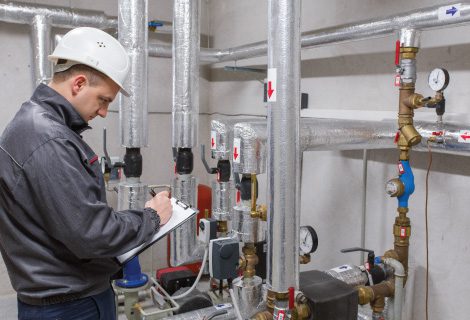High Burner Turndown Benefits
The turndown ratio of a burner has long been understood as a key metric. While the concept may be relatively well understood by engineers, most facility managers and property owners lack the understanding to appreciate the underlying benefits of high burner turndown.
The burner turndown is all about efficiency. The earliest hydronic boilers began with nothing more than an on and off control. Then, technology moved into staging, and most of today’s boilers offer modulating controls. Each of these innovations has worked to improve boiler efficiency by limiting the number of on and off cycles, which can include a number of actions including:
- Firing interval
- Post purge
- Period of idle
- Pre-purge
- A return to firing
Every time a boiler or burner has to go through a complete cycle, a significant amount of fuel and energy is used. The ultimate goal of a high burner turndown is to reduce inefficiencies by reducing the number of complete on and off cycles. Let’s take a closer look at a turndown ratio of a burner and how high burner turndown benefits can make a significant difference in the operation of your boiler and facility.
Boiler Turndown Explained
In short, the turndown ratio of a burner measures the minimum to maximum heat output and lets engineers know how low a burner or boiler can modulate before it cycles off. For example, the turndown ratio for some direct gas fired burners will be listed as 25:1. This means the burner can easily modulate as low as 4% without cycling off and move up to 100% of full fire.
On the other hand, the turndown ratio for an indirect gas burner is usually around 2:1, which caps the output of heat from 50% to 100% of full fire. This turndown ratio means the burner could modulate as low as 50% of full fire, but if it went below 50% it would cycle off and require it to go through a complete cycle to meet demand.
Turndown for What? High Burner Turndown Benefits?
One of the top high burner turndown benefits is exceptional efficiency. In contrast, non-high turndown burners have the tendency to continuously cycle off and on, which results in cycling losses or purging losses. As the cooler purge air passes through the boiler and removes heat, it results in a useless waste of energy and increased fuel cost.
In addition, the repeated cycling on and off will cause your maintenance costs to increase – thanks to excessive wear on the components in the boiler. Non high turndown burners can be very slow to respond to changes in demand. They may also have problems maintaining consistent water temperature and steam pressure. If your burner doesn’t have high turndown, it can waste a lot of unnecessary energy. However, the high burner turndown benefits include:
- Increased energy efficiency by significantly limiting purge losses.
- Improved ability to respond to load changes of the boiler.
- Enhanced stability and control over water temperature.
- Increased stability and control over steam pressure.
- Improved reliability and reduced maintenance costs due to less wear, tear, and failure caused by excessive stopping and starting.
- Limited thermal shock to boiler and refractory
Contact ATI of New York for High Turndown Burners
Unless you’re an experienced boiler engineer, understanding the implications of high burner turndown can seem confusing. Fortunately, you don’t have to do it alone! The experts at ATI of New York offer decades of experience working with property owners, building managers, contractors, and other stakeholders. We listen carefully to your unique facility needs, and guide you to the best burner or boiler solution.
Contact ATI of New York today to learn more about high burner turndown benefits and how it can impact your facility.










